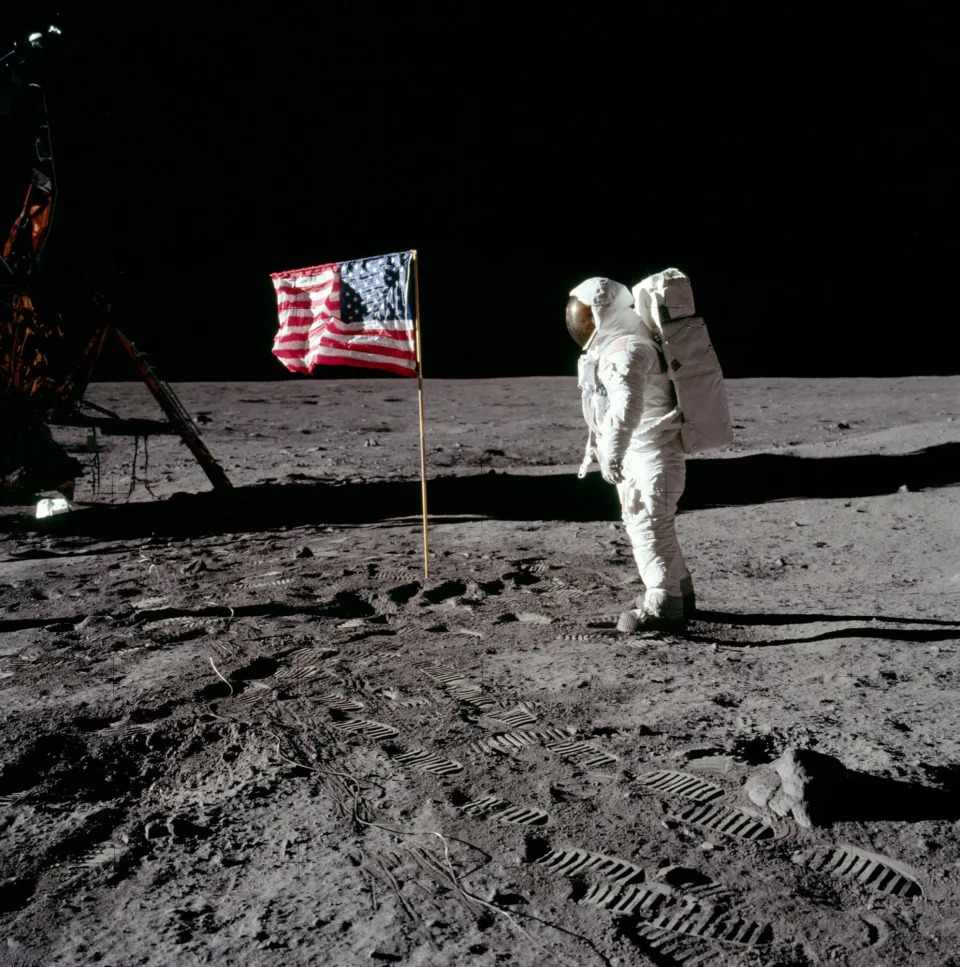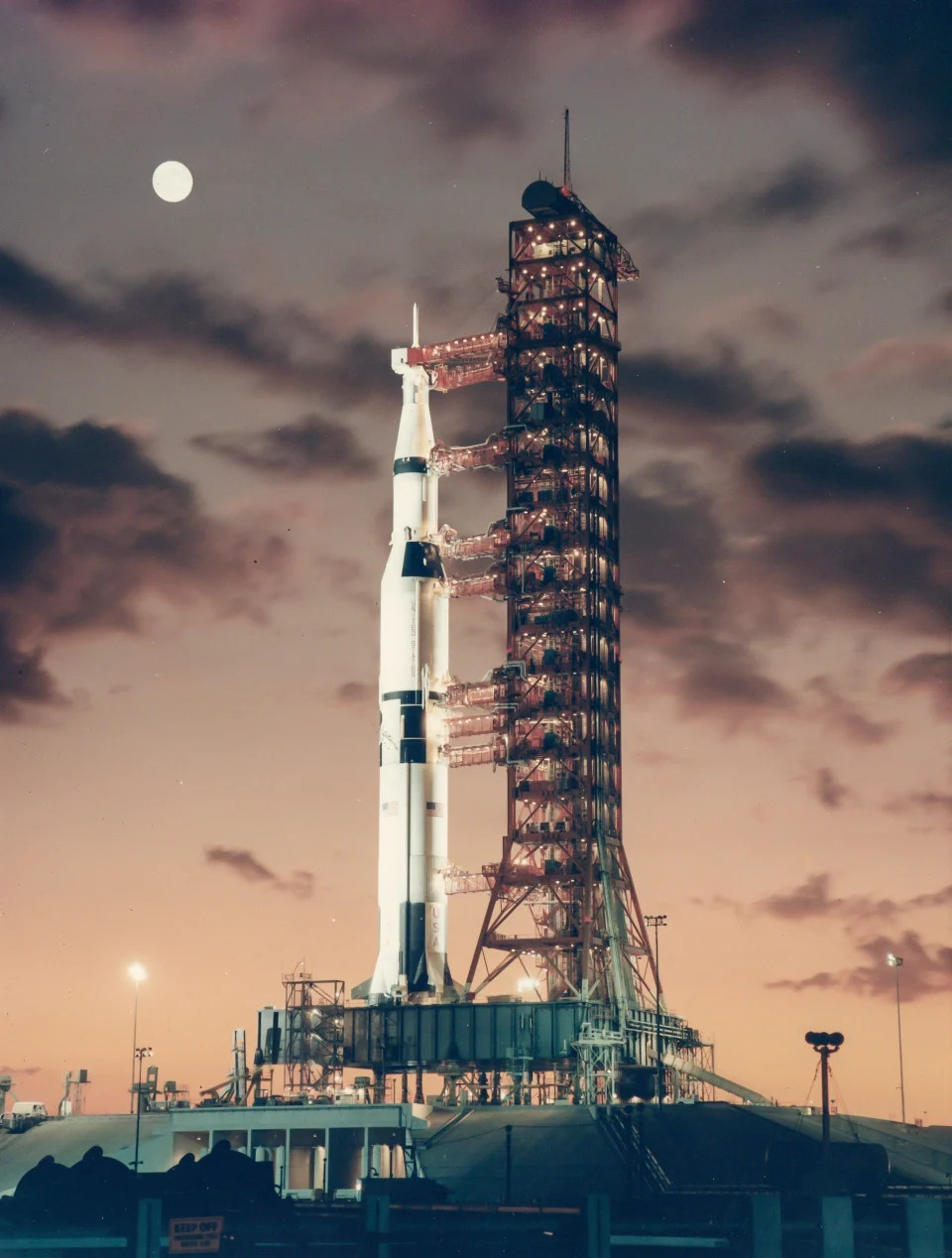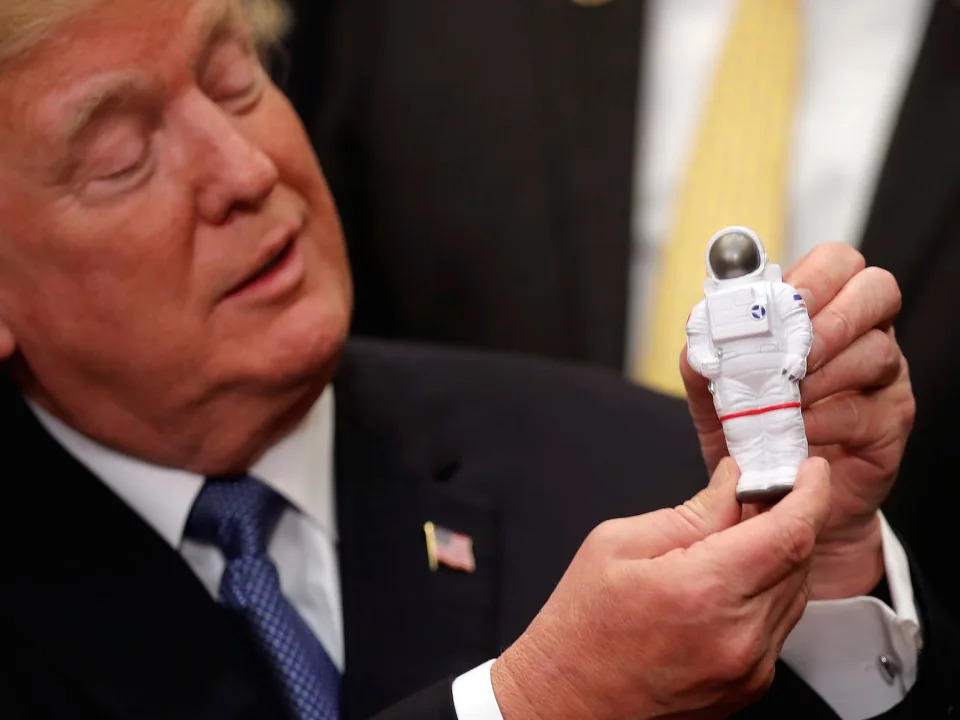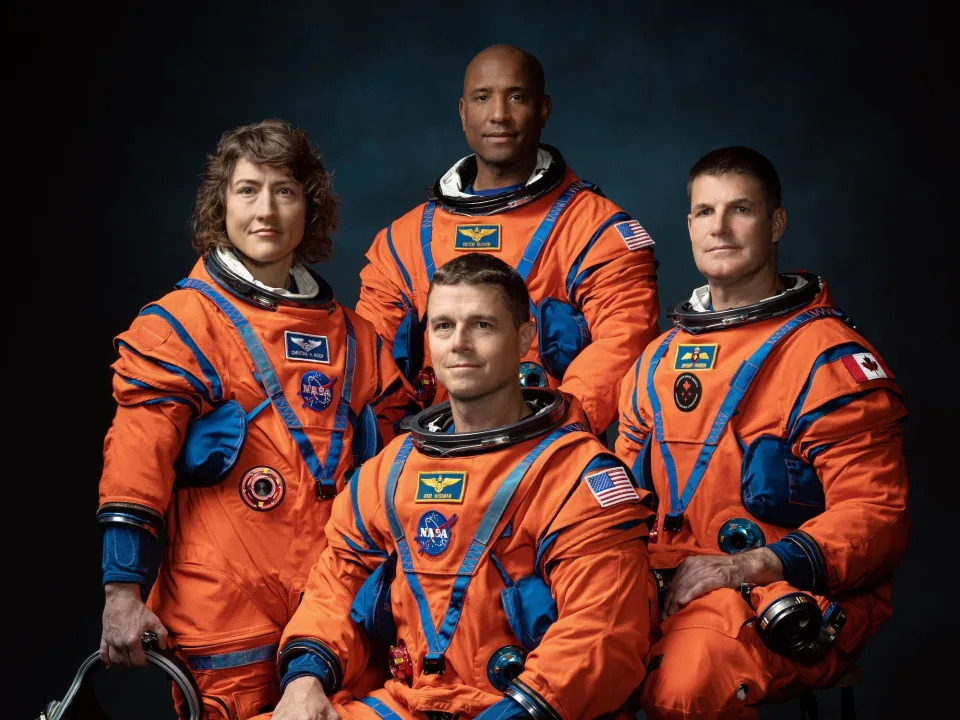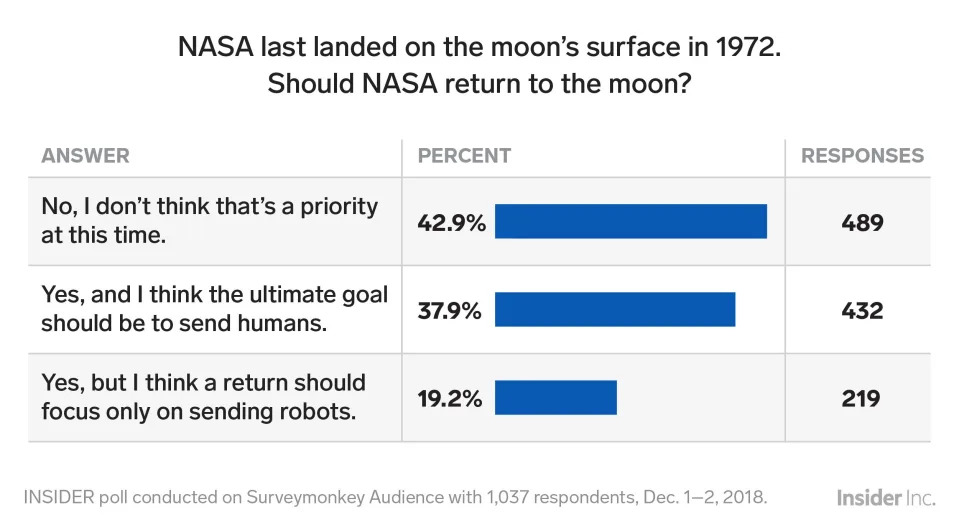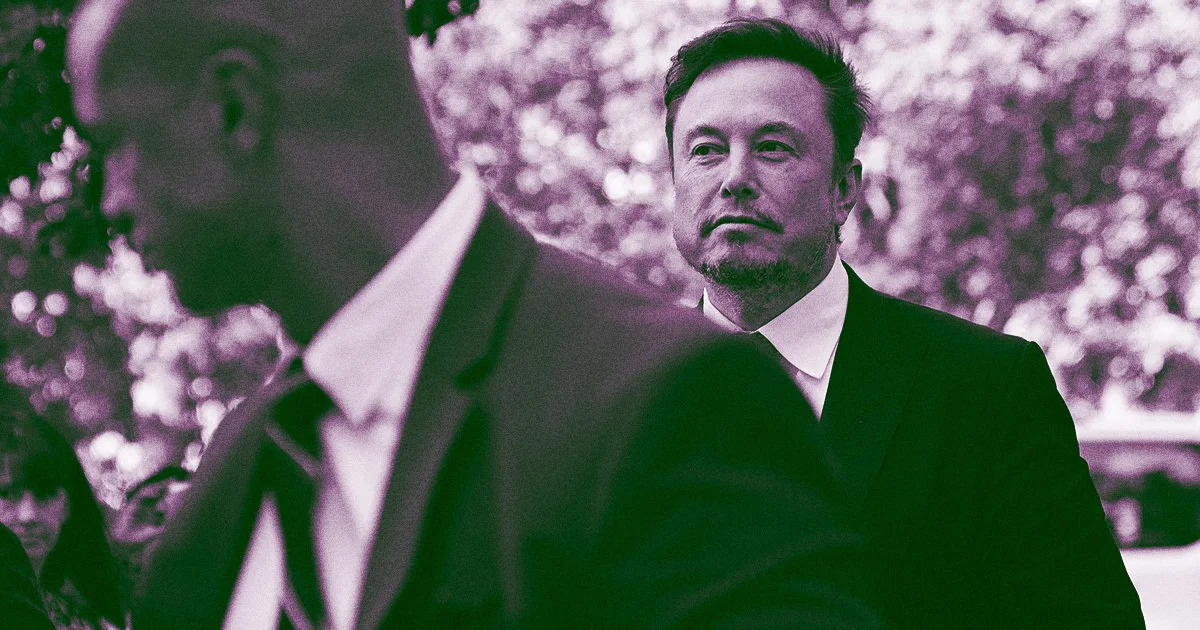Jordyn Holman, Jeanna Smialek and Jason Karaian
Sat, September 16, 2023

Mykail James owes about $75,000 in federal student loans. She’s planning to cut back on attending concerts and travel she’s enjoyed over the past few years.
Mykail James has a plan for when payments on her roughly $75,000 in student loans restart next month. She’ll cut back on her “fun budget” — money reserved for travel and concerts — and she expects to limit her holiday spending.
“With the holidays coming up — I have a really big family — we will definitely be scaling back how much we’re spending on Christmas and how many things we can afford,” James said. “It’s just going to be a tighter income overall.”
In October, roughly 27 million borrowers like James will once again be on the hook for repaying their federal student loans after a three-year hiatus. President Joe Biden tried to use his executive powers to forgive about $400 billion in student debt last year, but the Supreme Court overruled that decision in June, and payments kick in again in October.
Sign up for The Morning newsletter from the New York Times
Now there are big questions about how those people — many of whom had expected to have at least some of their debt erased — may change their spending habits as they budget for student loan payments again. It could crimp the economy if a large share of consumers cut back simultaneously, especially because the resumption in payments comes just as the retail and hospitality industry begin to eye the crucial holiday shopping season.
Most economists think that while the hit could be substantial, it will not be so big that it would plunge America into a recession. Goldman Sachs analysts expect renewed student loan payments to cost households about $70 billion per year. That would probably be enough to subtract 0.8 percentage points from consumer spending growth in the fourth quarter, helping to slow it to 1.4%, they estimate.
Yet major uncertainties remain. Such estimates of just how big the drag will be are rough at best, it is unclear when exactly it will bite, and economists are unsure what it will do to consumer confidence. There are factors that could make the impact smaller: The Biden administration has taken steps to ease the pain, allowing for people with lower incomes to repay their loans more slowly and creating a one-year grace period in which missed payments will not be reported to credit-rating agencies.
But the student loan payments will also restart at the same time consumers face a number of other headwinds, including shrinking savings piles, a cooler job market and higher price levels after two years of rapid inflation. It could also coincide with major strikes; Hollywood actors and writers have been locked in a work stoppage all summer, and the United Auto Workers began a targeted strike Friday — one that economists warn could be disruptive if it lasts. Adding another source of looming uncertainty, Congress could fail to reach a funding agreement by the end of this month, forcing a government shutdown.
Retailers have begun to publicly fret that the resumption of student loan payments could collide with those other developments, pushing their shoppers closer to a breaking point. Executives from companies like Walmart, Macy’s, Best Buy and Gap have all warned analysts and investors that student loan payments may put pressure on shoppers’ budgets, eating into some of their sales in the process.
“I don’t think we have a very good grasp” on how the hit to consumers will play out, said Julia Coronado, the founder of MacroPolicy Perspectives, a research firm. “It’s still very unclear exactly what the impact will be.”
Consumers have, so far, been surprisingly resilient in the face of rapid inflation, higher Federal Reserve interest rates and a gradually cooling economy.
Retail sales came in stronger than many economists had expected in August, data released Thursday showed. Companies have regularly predicted a pullback that has been more modest than expected, as still-low unemployment and decent pay gains have proved enough to buoy shoppers.
But some companies worry that student loans could pile on — finally cracking the American consumer.
The resumption of student loan payments for a retailer like J.C. Penney, which caters to middle-income consumers, would be the latest unwelcome squeeze on their budgets. Their core customer makes an annual income of $55,000 to $75,000 and has had their monthly household expenses increase by $700 from two years ago. The department store chain said 17% of its credit card customers have student loans.
“I do think that student loans are going to have an impact,” Marc Rosen, the CEO of J.C. Penney, said in an interview. “It’s another thing that comes into that family that puts another stress on their budget and, again, brings back trade-offs, forces them to make other trade-offs.”
James is among the many American consumers expecting to make tough decisions. The 27-year-old, who works in aerospace defense and whose parents owe additional student loans on her behalf, said she had been spending hours doing research on her options for debt relief. She’s even contemplating a job switch to the public sector, which might require a pay cut but offers a clearer path to loan forgiveness.
In addition to cutting back on travel and concerts, she plans to work more on her side jobs to earn extra cash. In the past, she’s driven for UberEats and Instacart. (She said she would also continue expanding her financial education business.)
Phil Esempio, a 65-year-old high school chemistry and biology teacher in Nazareth, Pennsylvania, who owes around $150,000 in student loans, also expects to rein in his budget. Coming out of the pandemic, he excitedly returned to attending live shows in places like New York City — 78 concerts last year — and eating out while he’s there with his friends.
But Esempio said that his period of big spending might have been an overreaction to the end of the pandemic. As the restart of student loan payments looms, “a lot of that is being throttled back,” he said. He expects to make it to 35 shows this year. He thinks he’ll have to start paying $1,100 a month on his federal loans, which is equivalent to what he’s been paying for his private loans.
If other consumers behave similarly, it could come as an unpleasant surprise to companies including Live Nation, which owns Ticketmaster. Live Nation executives on a recent earnings call predicted that people’s excitement for live events would outweigh any additional financial burdens.
Still, it is possible that other retailers are being overly glum, given the Biden policies and a few other factors that could help to limit the impact of student loans restarting. In fact, Alec Phillips, a Goldman Sachs economist, said that he thought his projection for a $70 billion annual cost from the payment restart was probably pessimistic.
“I don’t think that there’s a scenario where it turns out to be substantially worse,” Phillips said.
Among the factors that could limit the hit, borrowers may enroll in a new income-based repayment program offered by the administration, which would decrease monthly payments for people earning low and moderate incomes. If everyone who is eligible did so, it could reduce student loan payments by around $14 billion per year, Phillips estimates.
And some borrowers may simply not pay, at least for a while. Because missing payments will not be reported to credit reporting agencies for a year — the so called “on-ramp” period — households have wiggle room, said Constantine Yannelis, an economist at the University of Chicago Booth School of Business.
Finally, debt holders are more heavily middle- and high-earning workers. Those people may have more budgetary leeway to help deal with the renewed payments, Phillips said.
That is not to say that no groups will suffer. Many low-income people do have outstanding balances, just smaller ones, and Black borrowers in particular hold an outsize chunk of student debt. And the hit could come at a moment when some household budgets are already coming under stress amid high prices and high interest rates. Delinquencies on credit cards have recently jumped back above their levels from before the pandemic.
The result may be a painful strain on some families — but a more muted one for the economy as a whole.
The upshot is that “it will matter economically,” Yannelis said of the student loan resumption. “It is most likely not going to be huge, though, and it’s not likely to be the type of thing that would tip us into recession.”
c.2023 The New York Times Company
